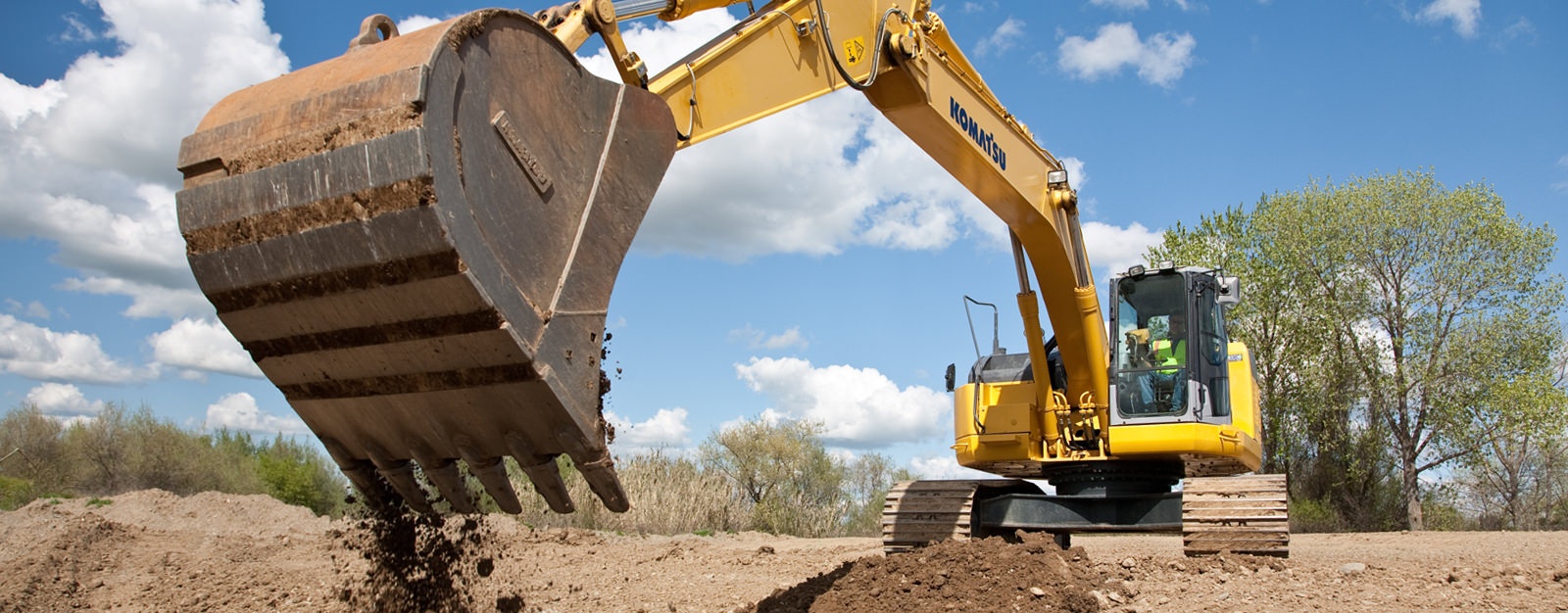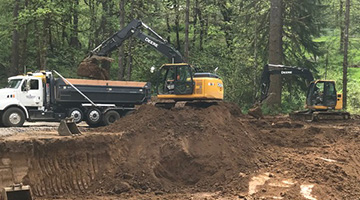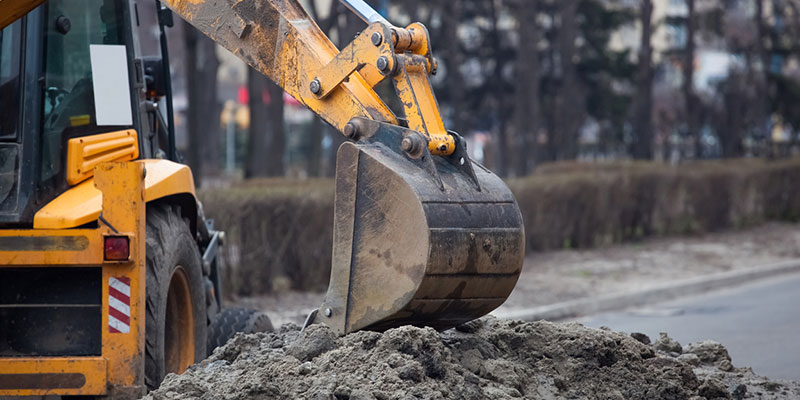Dump Truck Companies in Ohio - Dependable Dump Truck Services Across Ohio
Dump Truck Companies in Ohio - Dependable Dump Truck Services Across Ohio
Blog Article
Extensive Expedition: The Science Behind Superior Excavation Practices
From ancient hand tools to modern hydraulic excavators, the evolution of excavation strategies has been a testimony to human ingenuity and technical advancements. What absolutely sets premium excavation methods apart is a deep understanding of geological principles, paired with the usage of innovative tools and methodologies.
Advancement of Excavation Methods
Throughout history, the evolution of excavation methods has actually played an essential duty in progressing construction methods and archaeological discoveries. From the simple devices utilized by our ancestors to the innovative equipment used in modern times, the progression of excavation methods has substantially transformed exactly how we come close to numerous tasks.
In ancient times, manual work with fundamental tools such as pickaxes, shovels, and wheelbarrows was the key approach of excavation. This labor-intensive process limited the deepness and extent of excavations, commonly leading to sluggish progress and limited accessibility to particular websites. As people advanced, so did the strategies and devices used for excavation.
The Industrial Change marked a turning point in excavation methods with the intro of steam-powered equipment. In contemporary times, technology plays a pivotal role in excavation, with innovations like GPS systems, drones, and 3D scanning boosting accuracy and performance in the area.
Role of Technology in Excavation

The assimilation of advanced modern technology has fundamentally reinvented the field of excavation, boosting accuracy and efficiency to unmatched levels - lancaster trenching. One of the essential technological improvements that has actually considerably influenced excavation techniques is the use of General practitioner systems.
In addition, the advent of 3D modeling and simulation software program has streamlined the planning process for excavation projects. Drivers and designers can currently envision the whole excavation procedure prior to damaging ground, optimizing and recognizing possible obstacles workflow. In combination with this, the implementation of drones in excavation activities has actually assisted in airborne studies, volumetric measurements, and website inspections with unequaled rate and accuracy.
Geological Principles in Excavation
An understanding of geological principles is essential for ensuring the structural integrity and security of excavation sites. Geological aspects play a critical function in establishing the usefulness and security of excavation tasks.
Moreover, the geological framework Full Report of the area, consisting of mistakes, cracks, and rock developments, must be thoroughly evaluated to determine prospective dangers and challenges. Digging deep into near mistake lines or unpredictable rock developments can bring about instability and potential hazards. By carrying out complete geological studies and analysis, engineers and excavators can establish approaches to alleviate risks and ensure the effective conclusion of excavation projects. Inevitably, integrating geological principles right into excavation methods is crucial for achieving safe, reliable, and lasting results.

Most Recent Devices for Excavation
In the realm of excavation techniques, contemporary innovations in devices have reinvented the efficiency and accuracy of excavation procedures. These drones can provide in-depth airborne studies of excavation sites, offering real-time data on topography and potential dangers.
An additional cutting-edge tool gaining appeal is the implementation of 3D printing technology for creating custom-made excavation equipment. This get redirected here enables for the production of specialized devices that are customized to the specific requirements of a project, boosting performance and decreasing downtime.
In addition, improvements in materials science have actually brought about the development of stronger and much more resilient excavation tools. lancaster trenching. Tungsten carbide-tipped excavator add-ons, as an example, deal exceptional efficiency in challenging ground conditions, enhancing efficiency on-site
Science's Effect on Excavation Practices

Additionally, clinical research study on dirt auto mechanics and geotechnical engineering has offered useful understandings into soil behavior, more permitting excavation experts to make enlightened decisions regarding excavation approaches and dirt stabilization methods. Overall, science continues to drive development and improvement in excavation practices, making excavation tasks much more effective, affordable, and lasting.

Conclusion
Finally, the advancement of excavation strategies has actually been greatly affected by improvements in modern technology and a deeper understanding of geological concepts. The most recent tools and tools utilized in excavation have actually boosted effectiveness and accuracy in the area. The application of scientific knowledge has significantly improved excavation methods, bring about much more sustainable and effective techniques for excavating numerous sorts of products.
In the realm of excavation techniques, modern advancements in tools have actually reinvented the performance and accuracy of excavation procedures. By leveraging clinical principles, the excavation industry has actually been able to substantially improve performance, precision, and safety in excavation procedures. GPR enables excavation groups to non-invasively scan and map subsurface structures, energies, and prospective risks, allowing them to plan excavation jobs with higher accuracy and reduced danger of mishaps.
Additionally, scientific research study on soil mechanics and geotechnical design has supplied beneficial understandings into dirt behavior, allowing excavation specialists to make informed decisions concerning excavation methods and soil stablizing techniques. Overall, science proceeds to drive advancement and improvement in excavation techniques, making excavation jobs much more efficient, cost-effective, and lasting.
Report this page